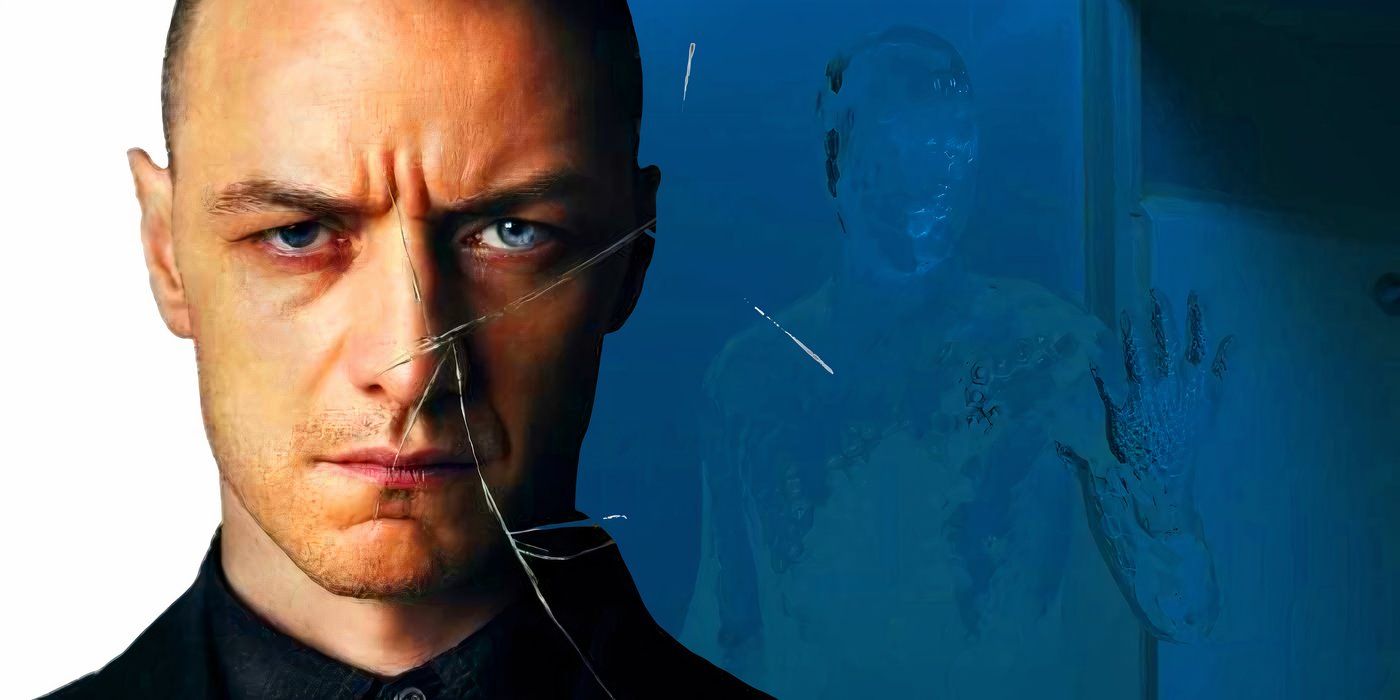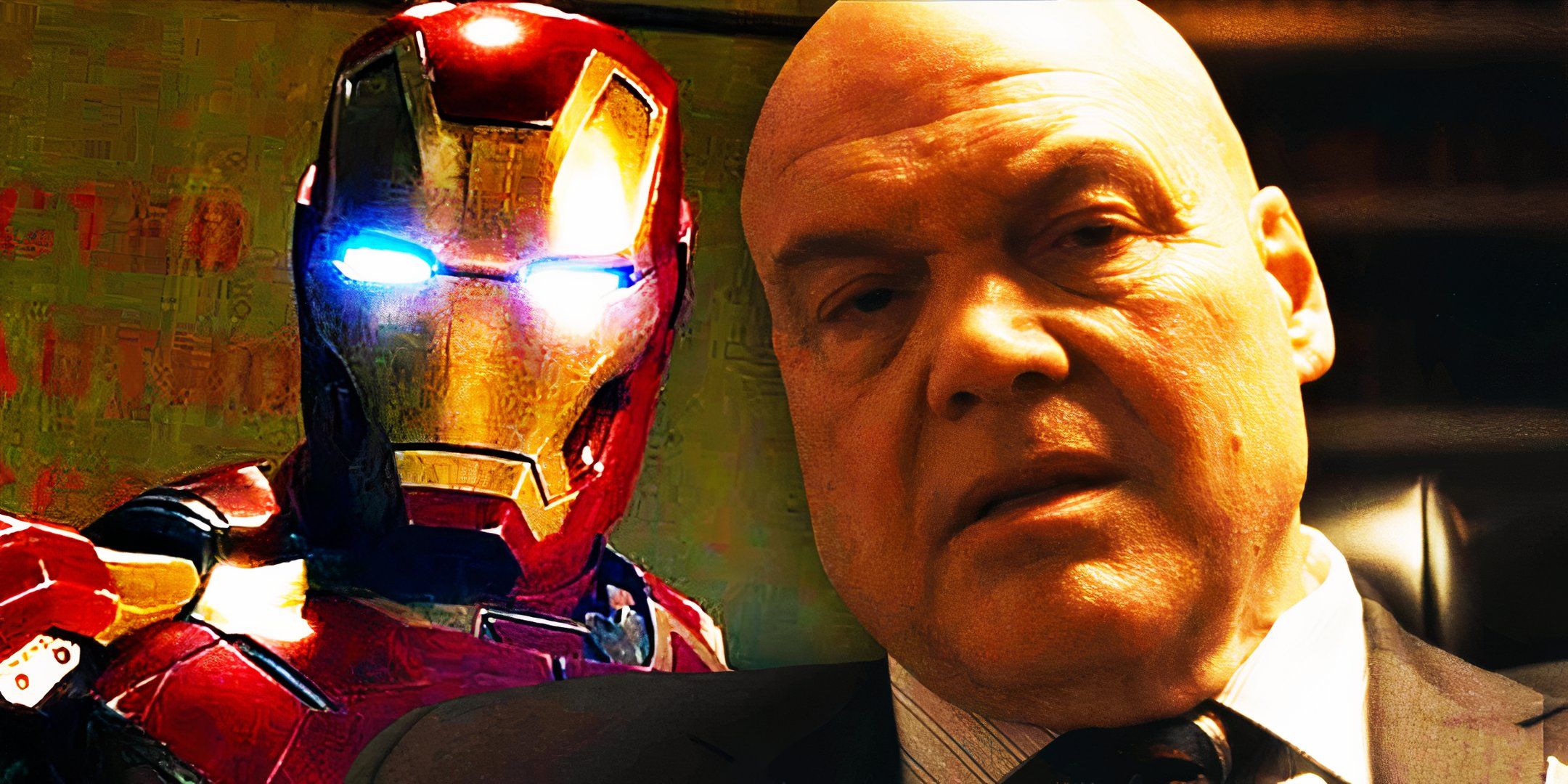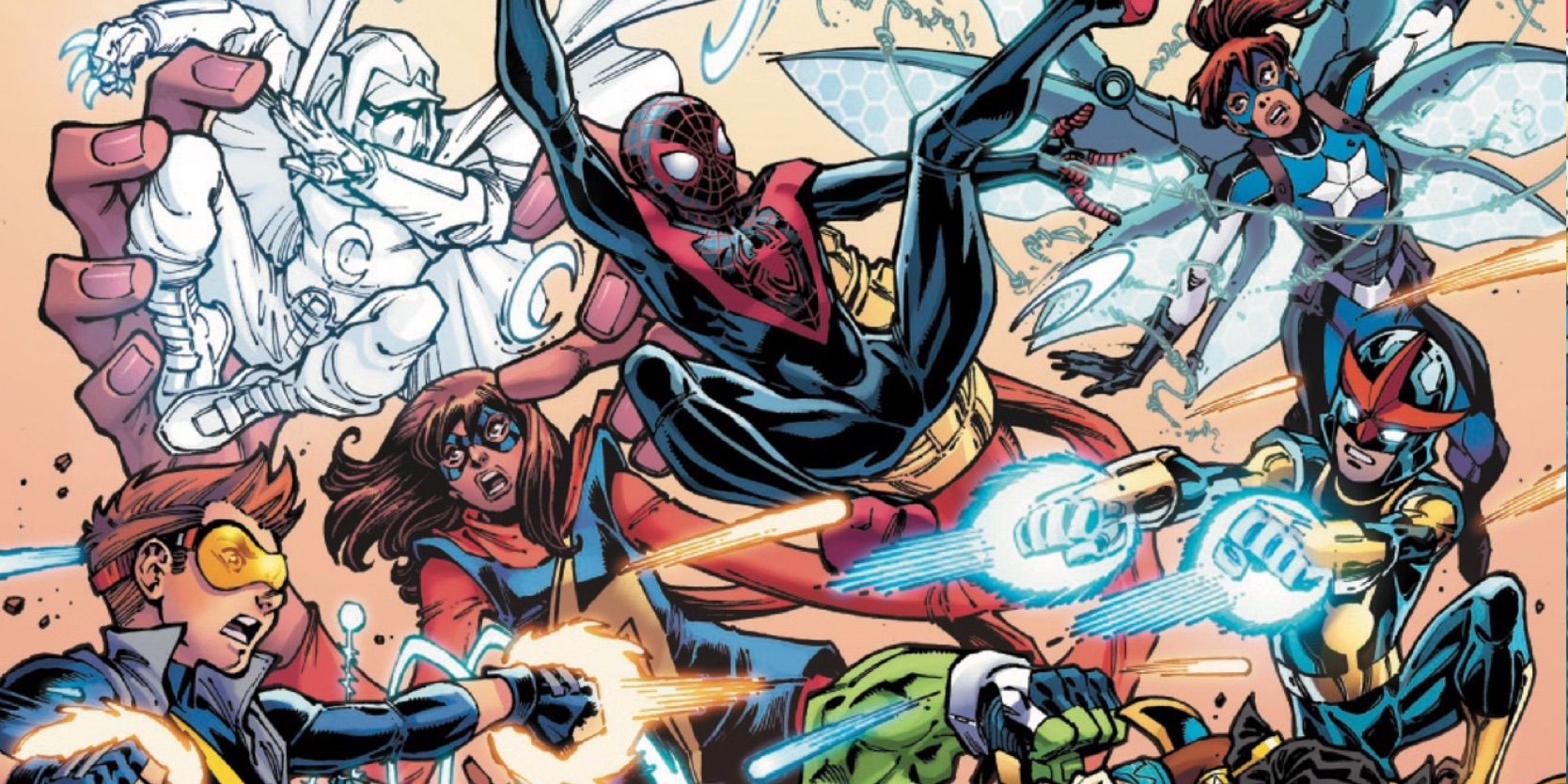10 Movies That Surprisingly Turned Out To Be Sequels To Other Movies
Summary Sequels aren't always advertised, but can be hidden in films with subtle connections to previous entries.
Some movies share a cinematic universe, with characters or themes linking them together, despite differing genres.
Surprising reveals of hidden sequels or prequels, like in the Kingsman or Fast & Furious franchises, can create buzz.
Plenty of movies have sequels, but it's a rare treat that a film will only identify itself as such deep into its runtime, revealing a hidden sequel. The best sequels take advantage of the set-up of an entire previous film, and even if they typically fall short of the original, they're one of the most guaranteed ways to find success at the box office. But not every movie producer takes advantage of this, instead preferring to stealthily release subsequent films that aren't advertised as sequels at all.
These hidden follow-up films can reveal their hand in a variety of ways. Sometimes, the connection to a previous entry is more subtle, with a single character, location, or line tying in two films in a sort of mini-cinematic universe. In other cases, the connection is more obvious, with the twist of a connection to a previous well-known film being critical to the overall narrative
10 Brightburn (2019)
Is in the same cinematic universe as Super (2010)
Superhero movies have become such common cash cows of the film industry that the genre has been examined in nearly every different way. Director James Gunn has become famous for his superhero movie supremacy, heading both the Guardians of the Galaxy trilogy and kicking off the nascent DCU with The Suicide Squad. Yet before the director worked for the "big two" comic companies as a filmmaking auteur, he penned his own take on a cinematic superhero universe.
Super and Brightburn are both genre blends of superhero movies and other categories, with the former being a comedic parody and the latter being a fascinating horror story. Yet the end of Brightburn actually confirms that the two films, however different in tone they may be, take place in the same continuity, as Super's Crimson Bolt makes a brief appearance in the video uploaded by Michael Rooker's character. Even if the Crimson Bolt and Brightburn couldn't be more different in terms of power levels or personality, it's fun to imagine them interacting in-costume.
9 Machete (2010)
Is a spin-off of the Spy Kids trilogy
Custom image by Yeider Chacon
For all his eccentricities, infamous director Robert Rodriguez can't be said not to have range. After putting out children's hits like the Spy Kids trilogy and Shark Boy and Lava Girl, Rodriguez is just as content to direct a pulpy grindhouse gorefest with movies like Machete and Planet Terror. But despite tonal whiplash even more severe than Brightburn and Super, two of these franchises actually share a single overarching canon.
In the Spy Kids movies, Danny Trejo stars as the lovable Uncle Machete, relative to the titular child special agents, the Cortez siblings, and a genius inventor, sort of the Q to the Cortez's James Bond. But in 2010's Machete and 2013's Machete Kills, Trejo returns to prove the character is far more than a kindly mentor, remorselessly chopping up bad guys with his namesake weapon. The R-rated antics of the Machete movies and the kid-friendly, cartoonish CGI of the Spy Kids movies seem diametrically opposed, yet they share a common plasma via Trejo's amazing character.
8 Collateral (2004)
Is in the same cinematic universe as The Transporter (2002)
Collateral is a by-the-numbers crime thriller with a stacked cast of young stars, including Jamie Foxx and Tom Cruise, an unlikely duo of a taxi driver and the assassin who coerces him into complicity in his crimes. The extended cast of the film is no-less star-studded, rounded out with the likes of Mark Ruffalo and Jada Pinkett Smith, but it's a single cameo by Jason Statham that puts the story in a whole new context. Screenwriter Stuart Beattie has since confirmed that Statham reprises his role from the Transporter trilogy, officially linking the two films.
In The Transporter, Jason Statham plays Frank Martin, essentially a high-stakes courier for dangerous criminal elements. Just like Tom Cruise's character in Collateral, Martin is beholden to his employers, and it makes sense for the two to interact while working under similar circumstances. Jason Statham's Collateral cameo may be brief, but it assuredly places the two movies along a single cinematic timeline.
7 Enemy Of The State (1998)
Is a sequel to The Conversation (1974)
Underrated among the works of Francis Ford Coppola, The Conversation is a brilliant piece of neo-noir drama whose protagonist manages to wander his way into another film. Gene Hackman stars as Harry R. Caul, a prolific "bugger" prized for his ability to surreptitiously obtain recordings of private conversations while spying on people. When his latest job calls his beliefs into question, he's left struggling to figure out how to mitigate his talents with his own guilt.
Caul seems to re-appear in all but name in 1998's Enemy of the State, despite the two films sharing no director or producer. Though he goes by a new name, Edward Lyle, Gene Hackman seems to reprise his role, having the same wardrobe, workshop, and even photographs directly lifted from The Conversation. Considering that Lyle already goes by another alias within the story of Enemy of the State, it's not a stretch to imagine he's playing the same surveillance expert.
6 The Invisible Man (2020)
Is a prequel to Upgrade (2018)
While the success of The Invisible Man gave hope that the ill-fated Universal Dark Universe could finally gain momentum, the science fiction horror film was actually already a spiritual sequel to a similar predecessor. Unlike its classic Universal namesake, The Invisible Man chronicles the terror of an abusive ex-husband who fakes his own death and uses a cutting-edge invisibility suit to ruin the life of his escaped former lover. Two years earlier, Upgrade told a cautionary tale revolving around an artificial intelligence capable of perfecting and controlling the human body.
In Upgrade, protagonist Grey Trace's wife, Asha, works for Cobalt, a cutting-edge tech company responsible for manufacturing the insidious STEM chip. The company shows up again in The Invisible Man, whose titular villain acts as its CEO and founder before faking his own death. Both films were written, directed, and produced by Leigh Whanell of Saw fame, definitively placing them within the same timeline, albeit at different points in technological development.
5 Out Of Sight (1998)
Shares a character with Jackie Brown (1997)
Out of Sight and Jackie Brown present an interesting case for a pair of secret sequels considering the two films were developed at about the same time, and released subsequently. Both films are based off of books from writer Elmore Leonard, Out of Sight and Rum Punch, respectively. The two books act as direct sequels to one another, and even if the crime drama adaptations they inspired don't explicitly state it, they, too share connective tissue.
Director Quentin Tarantino worked with director Steven Soderbergh to cast the same actor in a character that appears in both stories, Micheal Keaton's ATF Agent Ray Nicolette. While Keaton goes uncredited in Out of Sight, he does indeed reprise the character, however briefly, inexorably linking the two films. Confusingly enough, however, Samuel L. Jackson plays a distinct character in both movies, uncommon but not unheard of for a shared cinematic timeline.
4 Split (2016)
Secretly continued the Unbreakable trilogy
In its advertising, Split veiled the fact that it was a continued story, focusing instead on the varied and frightening personalities of James McAvoy's Kevin Crumb. While Split does indeed focus primarily on building the tension with Crumb's many alters, particularly the cannibalistic and superhuman "Beast", a last-second Bruce Willis cameo links it to previous Shyamalan film Unbreakable. 2019's Glass officially brought together the two movies, picking up where Split left off.
M. Night Shyamalan's twists are a well-known signature of his writing, with audiences frequently going into films under his banner prepared to have their expectations subverted. However, Split was the first time this was done by linking a previous film with a surprise sequel, culminating in an entirely original trilogy 19 years in the making. That being said, the sudden culmination of the Unbreakable trilogy was a bit clumsy, with some inaccurate stigmatization of mental health along the way.
3 Argylle (2024)
Takes place in the Kingsman series
Despite heavy marketing and a kinetic blockbuster energy, Argylle failed to impress with both critical reviews and box office numbers. Perhaps it would've done better if it wore its status as a continuation of the Kingsman franchise on its sleeve, giving a much-needed injection of brand recognition to its opening weekend. The crux of the film revolves around the identity of the real "Agent Argylle", who is seemingly unveiled in the second act only to be pulled back as a red herring.
It isn't until the very end of Argylle that the real Agent Argylle exposes his identity. A mid-credits scene clarifies that Argylle was none other than a Kingsman agent, the first of Rachel's novels being based on his life. The meta narrative of the reveal cursed Argylle with a divisive reception, even if it was a clever way to tie the spy caper into a pre-existing network of espionage thrillers.
2 Better Luck Tomorrow (2002)
Is a hidden prequel to The Fast and the Furious: Tokyo Drift (2006)
By far one of the most popular characters in the Fast & Furious franchise is the effortlessly cool Han Lue. The Korean daredevil driver penned by flagship writer Justin Lin was so popular that the series brought him back multiple times due to overwhelming fan response, even retconning his death. While Han's first official Fast & Furious appearance may be in the third installment, The Fast and the Furious: Tokyo Drift, he actually has his origins in a one-off action movie four years earlier.
Enter Better Luck Tomorrow, an earlier crime drama written by Lin himself starring Han for the first time. Rather than focusing on car chases, the film examines a pair of wealthy Asian American students who rebel against their studious expectations with high-stakes crime, Han himself being the one to draw the film's protagonists into the criminal underworld. Lin has since confirmed that Better Luck Tomorrow is something of an origin story for Han, officially placing it as a hidden prequel of the long-running Fast & Furious universe.
1 Evil Dead (2013)
Wasn't actually a reboot all along
The Evil Dead series has a lengthy horror-comedy legacy bearing a tumultuous relationship with continuity, with multiple endings, timelines, reboots and legal issues muddying the waters of the titular demons' chronology. In 2013, it seemed the franchise was due for a hard reboot, with a seemingly fresh take on a group of friends horrifically slaughtered in a cabin rearing its head. Enter Evil Dead, a reboot that suddenly reveals itself to be the fourth continuous installment of the franchise all along with a special cameo appearance.
For the most part, 2013's Evil Dead does tell a wholly original story with familiar elements, including possession, an isolated cabin, and gratuitous amounts of blood and gore. Yet careful fans could catch the return of familiar voices on the classic tapes warning of the Necronomicon's wrath, Bob Dorian as Professor Knowby and Ellen Sandweiss as Cheryl Williams from the very first film. A surprise cameo from Bruce Campbell as Ash himself seals the deal, officially marking 2013's Evil Dead movie as a hidden sequel rather than a redux.











COMMENTS